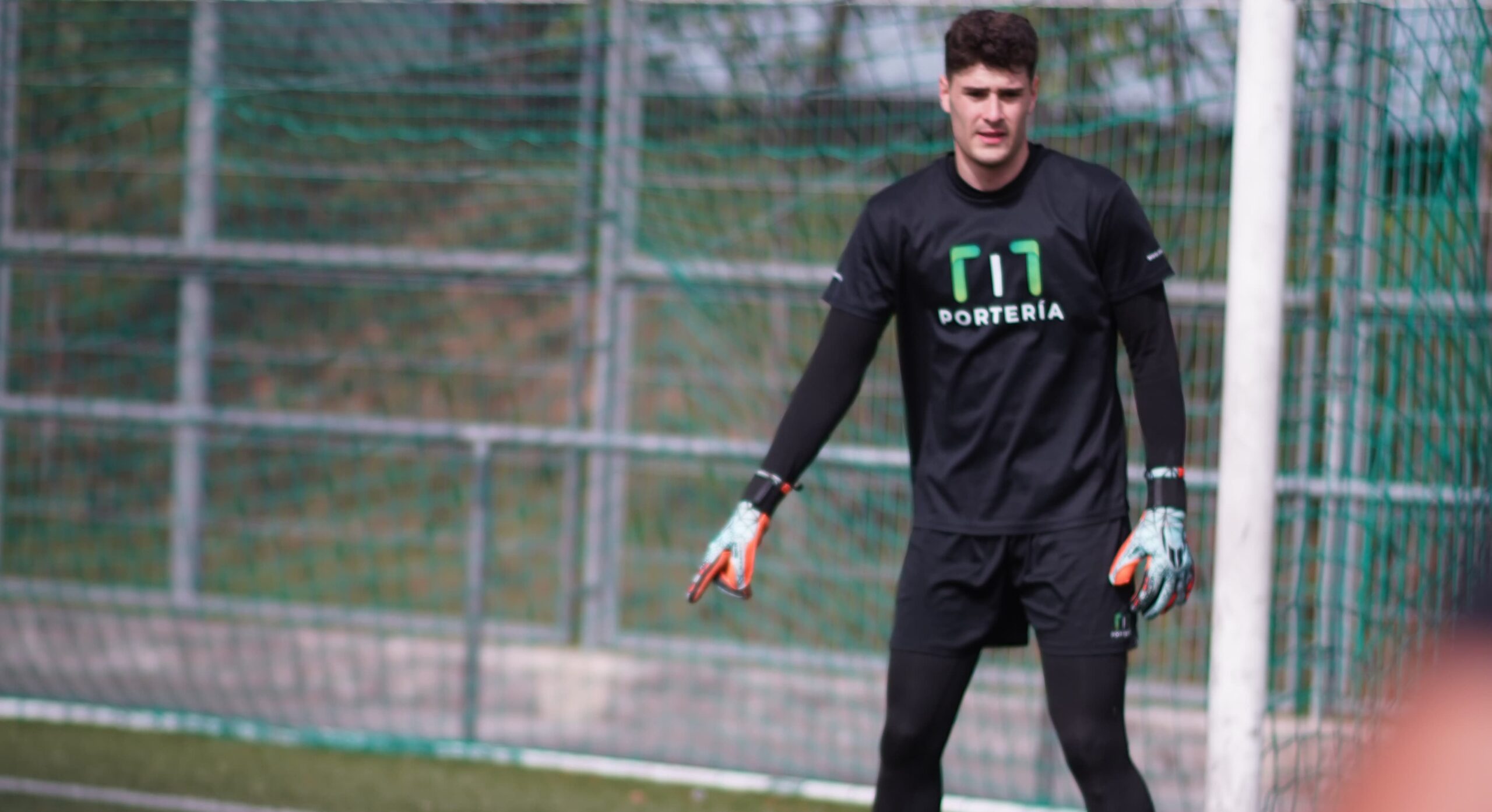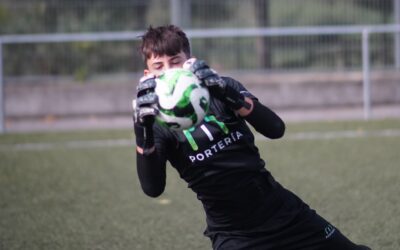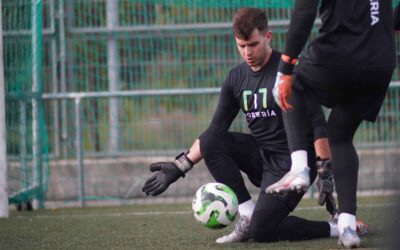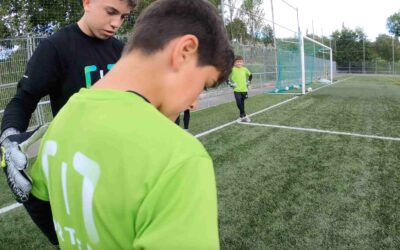When we refer to the specific training of goalkeepers, we usually talk about defensive work: blocks, deflections, 1v1, aerial game, etc. However, this classic conception is far from the current requirements that the goalkeeper’s game demands and the most developed specific training approaches.
Both soccer rule changes and the evolution of the ideas and game models have increased the keeper’s involvement in building up the offensive game. It is common to see goalkeepers start playing short with close teammates trying to generate superiority until they find the free man. In the same way, looking for the free man or space in intermediate distances and attacking the spaces behind the rival’s back is a task that coaches require more and more from goalkeepers.
Based on this exponential increase in the offensive demands on the goalkeeper figure, it is evident that as technical specialists in their training, we must respond to this situation. Beyond the technical elements, such as passes or controls, from our point of view, there is an aspect that stands out for its vital importance, the concept of support/assist.

With this term we refer to any situation derived from the team’s possession of the ball to which the goalkeeper responds intentionally trying to be a possible receiver of the ball. Although simple at first glance, this offensive concept includes many other aspects to be assessed and mastered by the goalkeeper. Below, we will number these facts and try to explain them sequentially in order to achieve success. If this sequence is altered or any point gets suppressed, the action will probably reduce its success rate.
1. Gaining space/time.
First, all support/assistance must be based on offering a passing line, backward or laterally, to increase the distance from the opponents and thus gain time. This way, the goalkeeper makes the opponents travel a longer distance to reach the ball; therefore, the keeper gains an essential time to perform the rest of the points successfully.
2. Good passing line.
When a goalkeeper performs support/assistance, he must not only assess the opponents’ position but also try to move away from them. He must also ensure that his movement originates a passing line for his teammate to offer him a new passing option. As a general rule, this passing line must be located close to the passer and the possible receiver, thus facilitating the control of the ball and the subsequent play continuation.
3.Body orientation.
Both during the movement before positioning, as well as during the time in which the goalkeeper is static, he must try not to get magnetized by the ball, keeping a body orientation that will allow him to assess everything that happens in front of him. When the goalkeeper receives a pass, he has usually just perceived the 90o of the side where the ball comes from, forgetting to identify teammates or free opponents on the opposite flank.
This concept is known as peripheral vision, that is, to value everything that happens across the width and length of the pitch. For this reason, it is essential to keep a correct body orientation that, without reducing the effectiveness of the technical gestures, allows us to take into account the position and movements of both teammates and opponents.
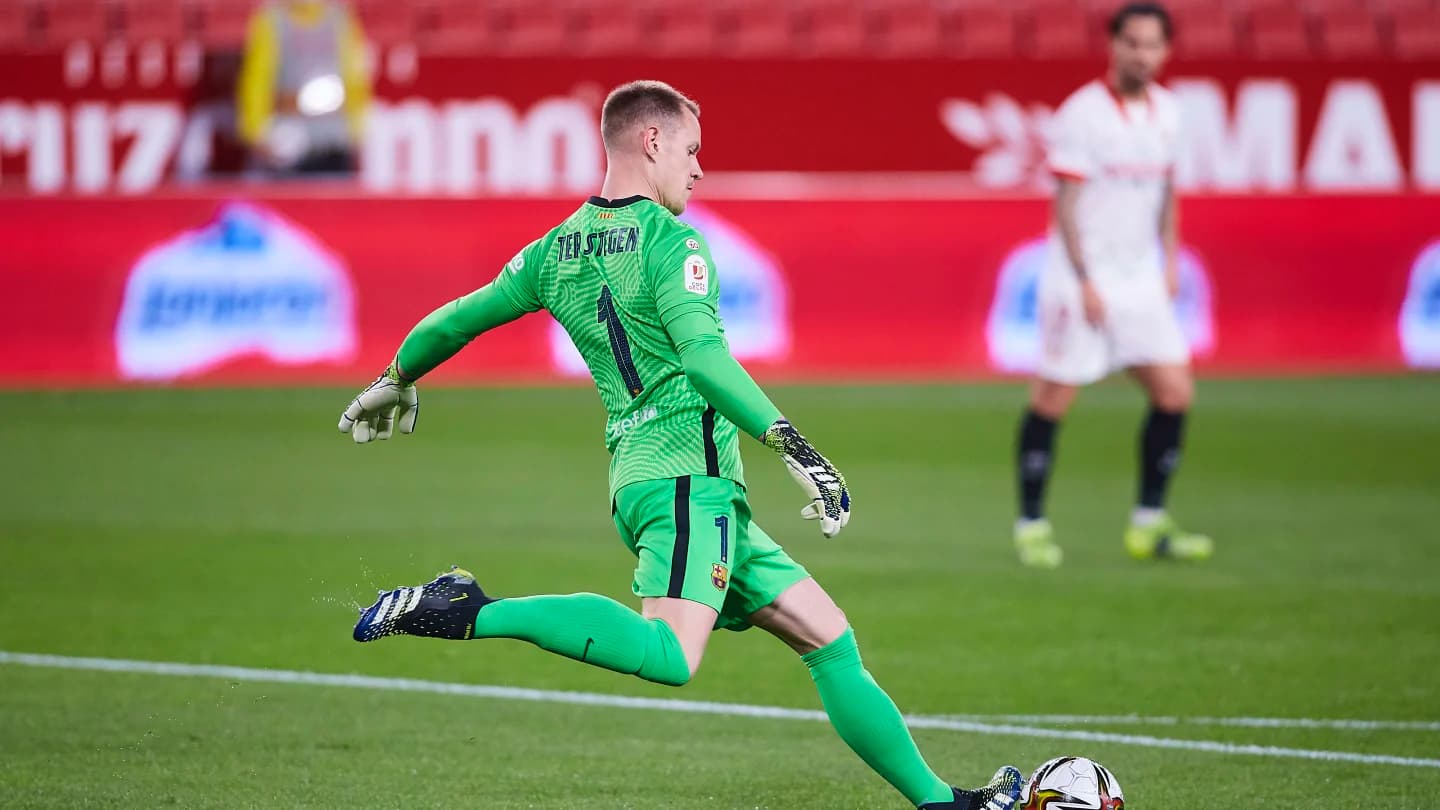
4. Double scanner.
Once the passing line has been offered, the goalkeeper must watch and scan the game before and after controlling the ball. Before controlling the ball, the keeper must decide if he directly deflects the ball, if he passes the ball at first touch, or if he has time enough to perform that control and orient it. And, after controlling the ball, because the game can change in fractions of a second. Our teammate who was free to receive a pass before the control can be marked now, and we can perceive a new option with another teammate that has offered a passing line by separating from his mark. The game can change in so many ways that the goalkeeper should make a second scan to reevaluate the situation of teammates, opponents and free spaces.
5. Interpretation of the game.
Finally, and most importantly, goalkeepers must understand the game to execute actions that provide solutions and allow the team to progress. Learning to find the free man directly or indirectly through the third man is essential. In the same way, it is important that, beyond the short pass, it is also possible to look for free teammates at intermediate distances. They must also consider the possibility of attacking spaces their teammates may occupy by separating from their respective marks.
Finally, the goalkeeper must master the ability to kick or throw the ball behind the back of the defensive line when faced with a teammate’s breakaway. Or he must be able to identify the situations of numerical equality in the last line to provoke a direct play or an attack/repel. In addition, the goalkeeper must know their teammates’ technical and conditional characteristics. Sometimes, a good ball delivery is wrong if it is made to our teammate’s weak foot. That is why considering these facts too is so important.
In conclusion, we can see how from a simple offensive concept, we can get many tools to carry out for our goalkeepers to be complete in every phase of the game. Structuring the tasks so that they encourage all these habits is essential in performance and training so that our goalkeepers can respond effectively during the competition.
